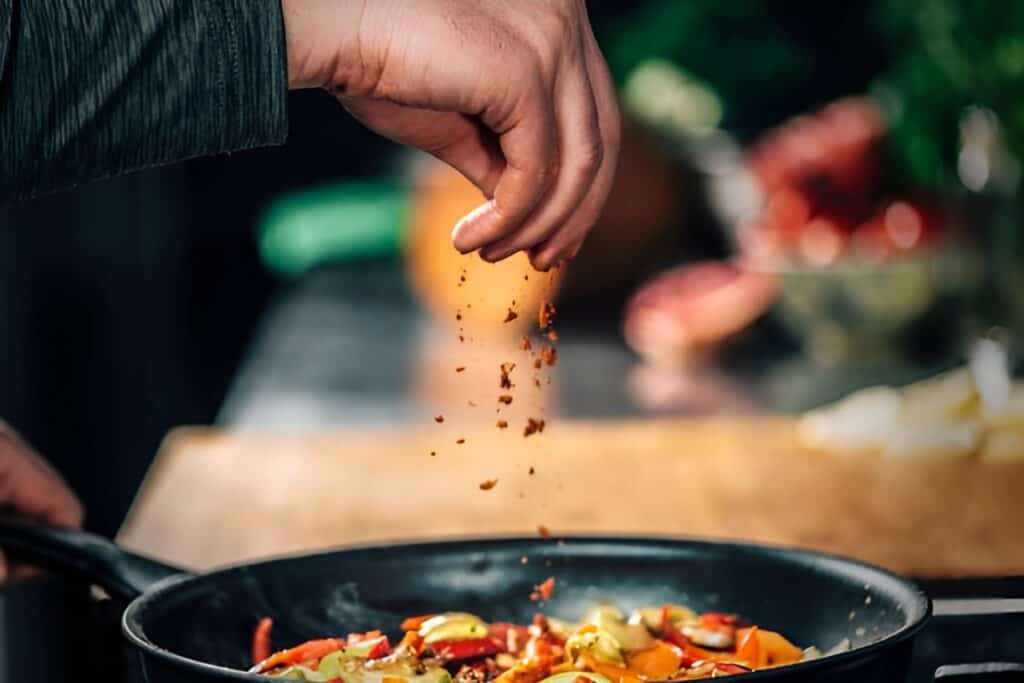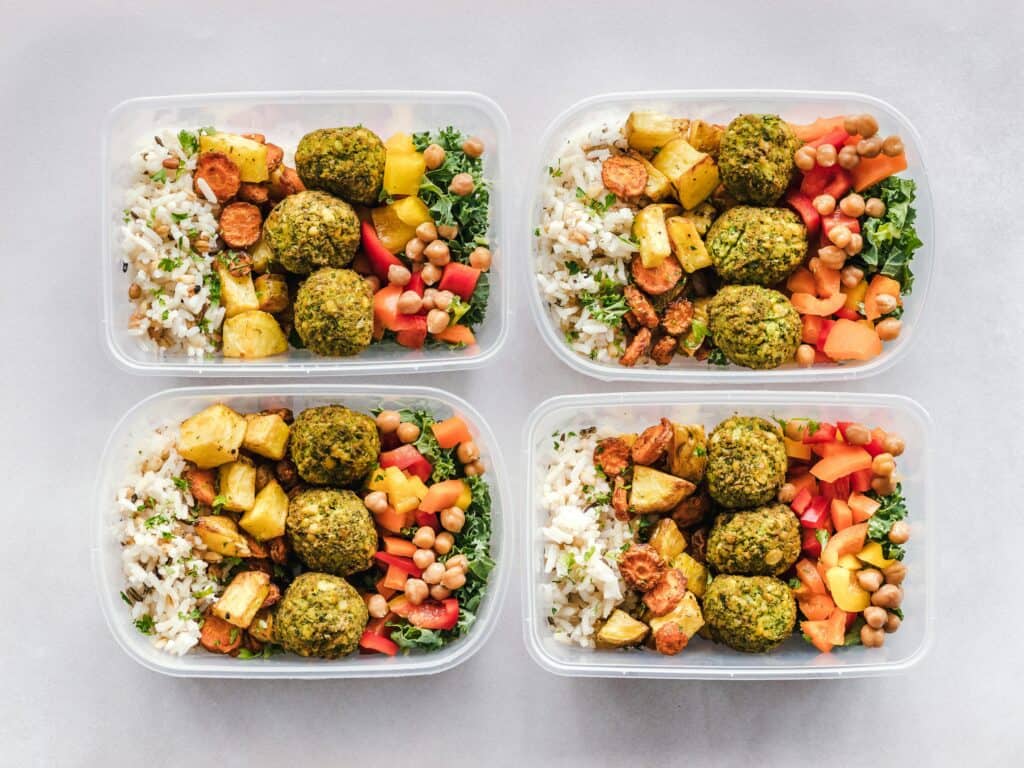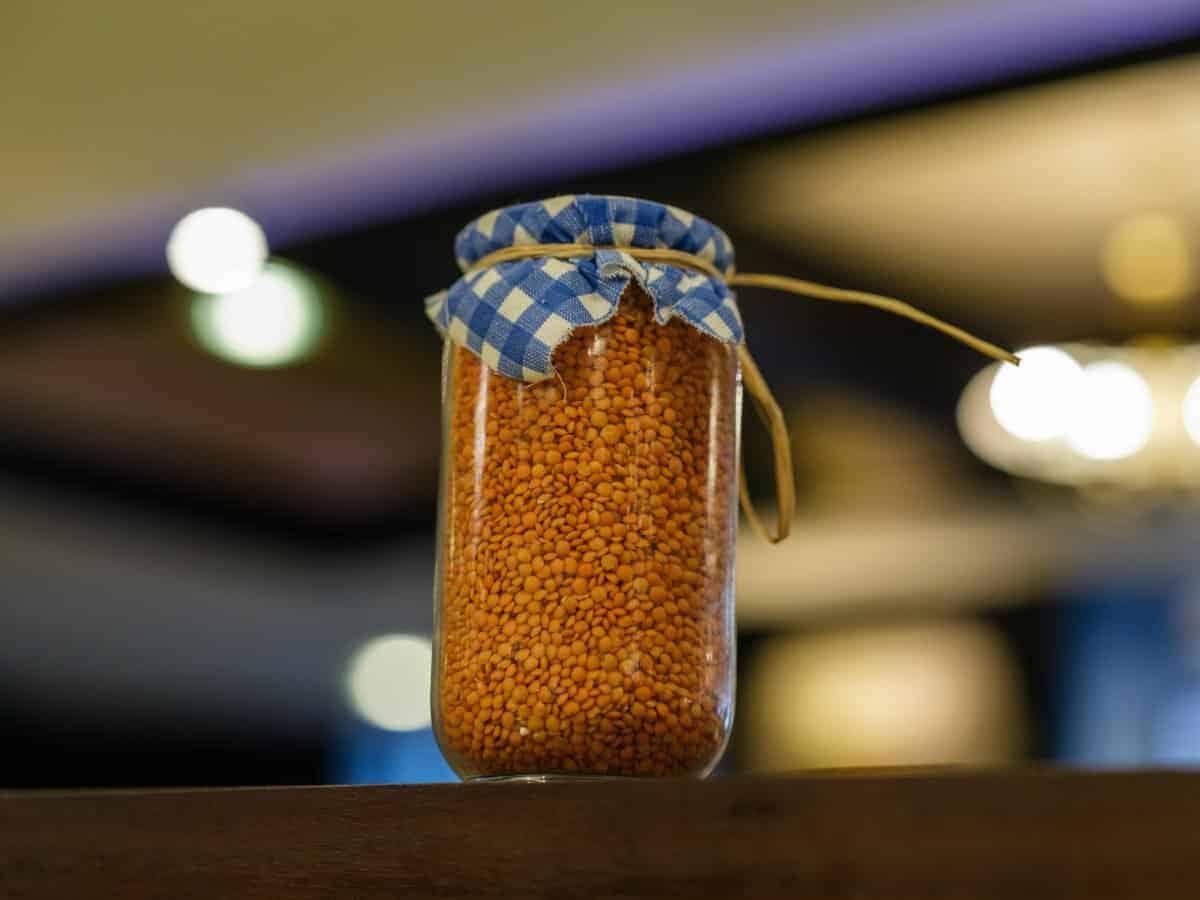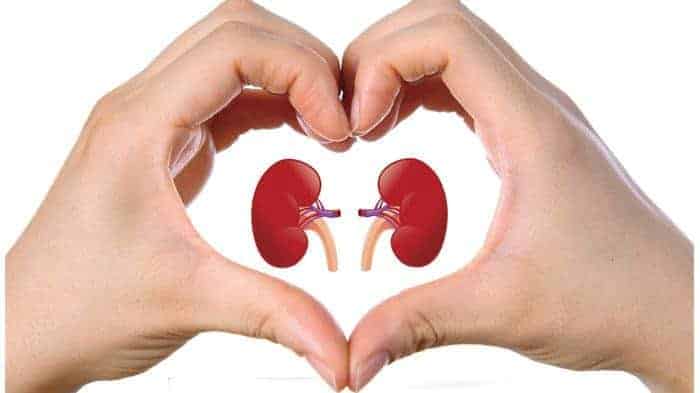Common Meal Prep Mistakes That Are Ruining Your Food (And How to Fix Them)
Meal prepping is a fantastic way to save time, eat healthier, and simplify your busy life. However, common mistakes can easily sabotage your efforts, resulting in meals that are bland, soggy, or lacking essential nutrients. Whether it’s improper storage, utilizing the wrong ingredients, or overlooking crucial preparation steps, these errors can significantly impact both the taste and nutritional value of your food. Fortunately, identifying and correcting these issues is easier than you think. In this article, we’ll highlight the most frequent meal prep pitfalls and provide practical tips to help you elevate the quality, freshness, and efficiency of your meals.
1. Not Planning Meals in Advance

Jumping into meal prepping without a clear plan can lead to monotonous dishes, unbalanced nutrition, and wasted ingredients. When you don’t plan ahead, it’s tempting to default to familiar recipes, often resulting in repetitive or unhealthy meals. You might also find yourself missing key ingredients, leaving your dishes incomplete or uninspired. Avoid this pitfall by dedicating a few minutes each week to meal planning. Consider your nutritional goals, dietary preferences, and weekly schedule. Create a balanced menu, build a detailed grocery list, and include varied recipes to keep your meals interesting and nutritious throughout the week.
2. Incorrect Storage Techniques

Improper food storage is a common culprit behind spoiled ingredients, soggy textures, and decreased nutritional value. Storing meals incorrectly can cause bacterial growth, moisture accumulation, and nutrient loss, ultimately compromising your food’s safety and taste. To avoid these storage mishaps, always use airtight, BPA-free containers suitable for your meal types—glass containers are ideal for reheating, while compartmentalized boxes keep ingredients separate and fresh. Additionally, maintain your refrigerator temperature below 40°F (4°C) and your freezer at 0°F (-18°C) to preserve freshness and nutrition. Proper storage ensures your carefully prepared meals remain delicious and nutritious until you’re ready to enjoy them.
3. Overcooking Foods During Preparation

Cooking your meals for too long is another common mistake that can drastically diminish their nutritional value, flavor, and texture. Excessive heat breaks down essential vitamins and minerals, leaving your meals less nutritious and unappetizingly dry or mushy. To prevent this, familiarize yourself with proper cooking times and temperatures for different ingredients. Vegetables, for instance, often require only brief steaming or sautéing—just enough to retain their vibrant color and crispness. Meats and proteins benefit from precise temperature monitoring; investing in a reliable kitchen thermometer helps ensure perfectly cooked, tender results every time. Keeping cooking times moderate preserves both nutrients and taste.
4. Underseasoning or Overseasoning Meals

Seasoning mistakes frequently sabotage meal prep efforts, resulting in bland and disappointing dishes—or worse, meals that are overwhelmingly spicy or salty. Underseasoned foods lack depth and flavor, while overseasoned dishes can become nearly inedible, making your hard work go to waste. To strike the perfect balance, season gradually throughout cooking, tasting frequently to adjust as needed. Experimenting with balanced spice combinations—such as garlic, paprika, and cumin for savory dishes, or basil, oregano, and thyme for Mediterranean flavors—helps ensure flavorful, enjoyable meals every time. Remember, it’s easier to add seasoning than to remove it, so go slow and taste often.
5. Ignoring Portion Control

Overlooking portion control during meal prep can negatively impact your nutritional goals and lead to unnecessary food waste. Serving sizes that are too large may contribute to overeating and unwanted weight gain, while overly small portions can leave you hungry and unsatisfied. To improve your portion accuracy, utilize measuring cups, kitchen scales, or containers marked with portion sizes. Familiarize yourself with recommended serving sizes for various food groups—for example, proteins should typically be about the size of your palm, and grains roughly a fist-sized portion. Mindful portioning ensures balanced nutrition, reduces food waste, and helps you feel satisfied after each meal.
6. Neglecting Food Safety Practices

Ignoring food safety practices puts you at risk of foodborne illnesses, which can derail your meal prepping efforts and negatively impact your health. Cross-contamination, improper cooking temperatures, and poor hygiene can lead to harmful bacterial growth, making your carefully prepared meals unsafe to consume. To stay safe, always wash your hands thoroughly before and after handling raw ingredients, sanitize preparation surfaces regularly, and avoid cross-contamination by using separate cutting boards for meat and produce. The CDC recommends cooking meats thoroughly to recommended internal temperatures, promptly refrigerating leftover meals, and reheating foods to at least 165°F (74°C) before eating.
7. Using Poor-Quality Containers

Choosing low-quality containers may seem cost-effective initially, but these flimsy options often compromise the freshness, taste, and safety of your meals. Inferior containers can leak, crack, or warp, exposing your food to air and moisture, ultimately accelerating spoilage and reducing meal quality. Opt instead for durable, leak-proof containers made from high-quality materials such as tempered glass or BPA-free plastic, specifically designed to withstand repeated use and microwave reheating. Consider investing in containers featuring secure seals and compartmentalized sections, allowing you to keep ingredients separate and fresh. High-quality containers safeguard your meals, making your meal prep efforts worthwhile and satisfying.
8. Preparing Meals Too Far in Advance

While meal prepping is meant to save time, preparing your food excessively ahead of schedule can result in diminished freshness, taste, and nutritional value. Meals stored too long—especially salads, vegetables, or delicate proteins—can lose their texture and vibrant flavors, becoming stale or unappetizing. Nutrient levels also decline over time, decreasing the overall nutritional benefit of your carefully planned dishes. For optimal freshness and taste, aim to prep meals no more than three to four days in advance. If you need to prepare further ahead, consider freezing portions that thaw and reheat well, preserving quality and nutrients until you’re ready to enjoy.
9. Forgetting to Label and Date Meals

Neglecting to clearly label and date your prepared meals can lead to confusion, forgotten dishes, and increased risk of accidental spoilage. Unlabeled containers often leave you guessing what’s inside, making it difficult to track freshness or dietary content. This oversight can result in wasted food, unnecessary expenses, and even potential foodborne illnesses. To stay organized, use simple labeling techniques such as adhesive labels, masking tape, or washable markers directly on containers. Clearly indicate the meal contents and preparation date. Proper labeling streamlines your meal prep routine, ensures you consume meals at peak freshness, and significantly reduces unnecessary food waste.
10. Not Considering Reheating Methods

Ignoring reheating methods can quickly undo your careful meal prep efforts, leaving you with dried-out proteins, mushy vegetables, and compromised nutrition. Microwaves offer convenience but can negatively impact textures, making foods rubbery or unevenly heated. Instead, reheating baked dishes or roasted vegetables in an oven helps preserve crispiness and flavor. For soups and stews, gentle reheating on the stovetop can maintain consistency and taste better than rapid microwave heating. Always follow safe reheating temperatures—at least 165°F (74°C)—recommended by the USDA guidelines to ensure safety and optimal enjoyment of your meals.
Conclusion

Meal prepping can transform your eating habits, saving valuable time and promoting healthier, tastier eating—provided you avoid common pitfalls. Mistakes like inadequate planning, improper storage, overcooking, incorrect seasoning, or neglecting portion control can greatly reduce your meals’ quality. Additionally, overlooking food safety, using poor containers, prepping too far ahead, forgetting labels, and improper reheating can compromise both taste and nutrition. Fortunately, these errors are easy to correct. Implementing the practical strategies outlined above ensures your meal prep is efficient, nutritious, and delicious. Start today—small adjustments can lead to significant improvements, making your meal prep efforts rewarding and enjoyable.





